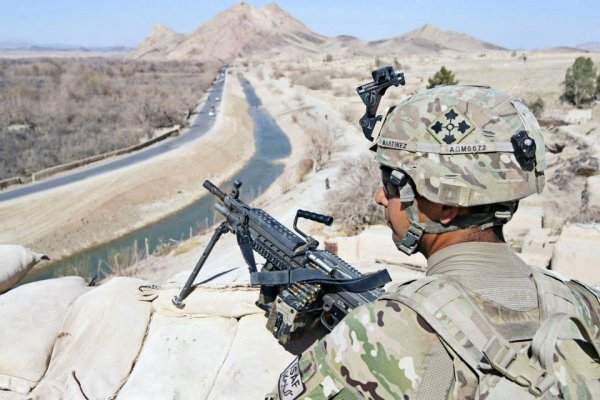Traumatic Brain Injury (TBI) is the signature wound of conflicts in both Iraq and Afghanistan – with conservative estimates placing the number of US troops suffering from TBI at more than 200,000.
Currently, battlefield medical personnel rely on visual signs, along with the personal accounts of patients to alert them to the possibility of TBI.

However, DARPA’s $45 blast gauge collects critical quantitative data for measuring blast related exposure, thus offering a mechanism for field medics to better identify those at risk for TBI.
“DARPA Blast Gauge provides doctors with information on what their patient actually experienced during an exposure,” explained DARPA exec Jeff Rogers.
“After a blast, medics check a wristwatch-sized device displaying a green, yellow or red status light to indicate the relative risk of injury. This is an entirely new capability and has already helped medics and doctors in treating injured warfighters.”
For example, a soldier recently suffered a shrapnel injury, yet did not report a blast exposure to the medic treating his visible wounds. The medic opted to check the test blast gauges, which told a totally different story. Indeed, the soldier’s gauges displayed yellow lights, indicating a moderate exposure occurred during the engagement.

In response, the medics downloaded data from the gauges and followed standard protocol for evaluating someone at risk for TBI. It was determined that the soldier had suffered a mild TBI and treatment began immediately.
Essentially, the blast gauge can best be described as a small, self-contained system that measures the amount of blast exposure to which a warfighter has been exposed. The gauge is currently used by more than 6,400 troops in a variety of units across the military – a number which is expected to double over the next month.
“The gauges work extremely well. [Yes], there is resistance [among soldiers] to doing anything that might take them ‘out of the fight.’ The paradigm of not seeking medical aid for the ‘invisible injuries’ of war, which include PTSD and TBI, is changing but there is still some reluctance to seeking aid,” said US Army Major Theodore R. Stefani, MD.
“In the last 24 months, the rate of TBI diagnosis has increased. The blast gauge does not diagnose a TBI, but it does help ensure that a soldier seeks care. After a blast event, soldiers may downplay their symptoms, but if they have an amber or red indicator light on their blast gauge, that can’t be downplayed.”






